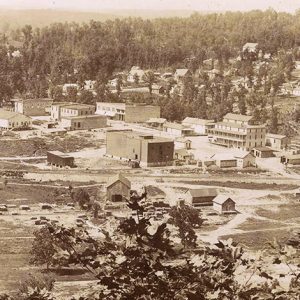 Cotter View
Cotter View
Time Period: Early Twentieth Century (1901 - 1940)
 Cotter View
Cotter View
Cotter Water Tower
Cotton Belt Railroad Depot
 Cotton Belt Railroad Yard
Cotton Belt Railroad Yard
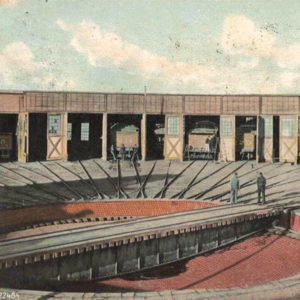 Cotton Belt Roundhouse
Cotton Belt Roundhouse
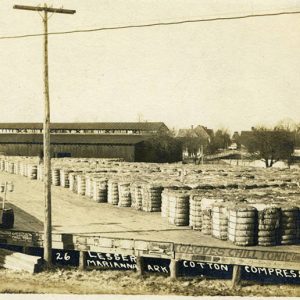 Cotton Compress
Cotton Compress
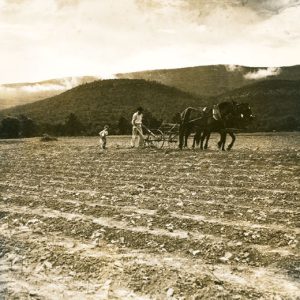 Plowing a Cotton Field
Plowing a Cotton Field
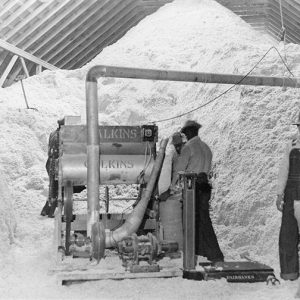 Cotton Seed
Cotton Seed
 Cotton Oil Plant
Cotton Oil Plant
 Cotton Pen
Cotton Pen
 Cotton Pickers
Cotton Pickers
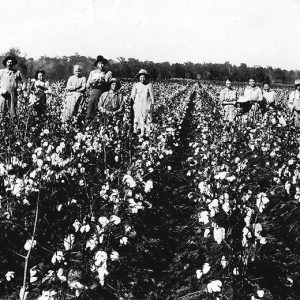 Cotton Picking
Cotton Picking
Cotton Plant Academy
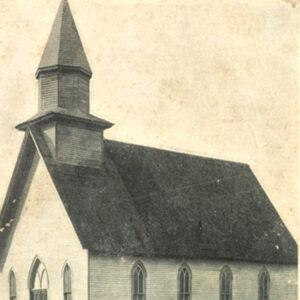 Cotton Plant Church
Cotton Plant Church
Cotton Plant Water Tower
Cotton States League
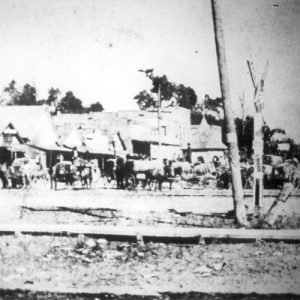 Cotton Wagons
Cotton Wagons
 Cotton Wagons
Cotton Wagons
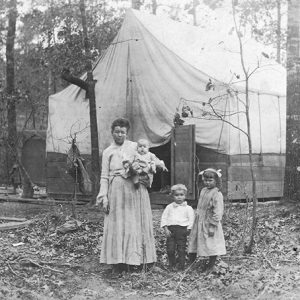 Cotton Workers' Tent
Cotton Workers' Tent
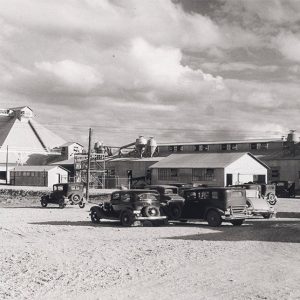 Cottonseed Oil Mill
Cottonseed Oil Mill
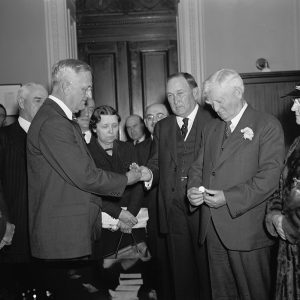 Couch in Washington
Couch in Washington
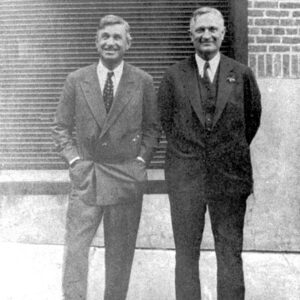 Harvey Couch with Will Rogers
Harvey Couch with Will Rogers
 Harvey Couch
Harvey Couch
Couch, Harvey Crowley
Couchwood Historic District
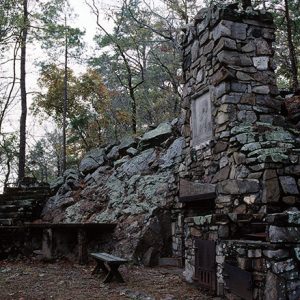 Couchwood Historic District
Couchwood Historic District
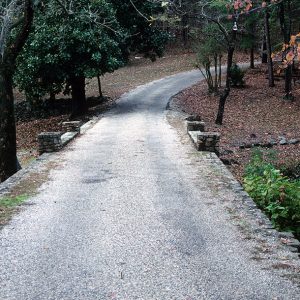 Couchwood Historic District
Couchwood Historic District
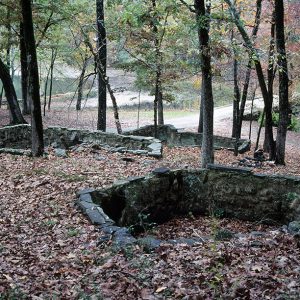 Couchwood Stone Ponds
Couchwood Stone Ponds
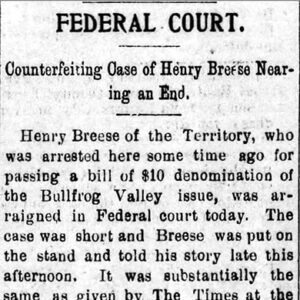 Counterfeiting Article
Counterfeiting Article
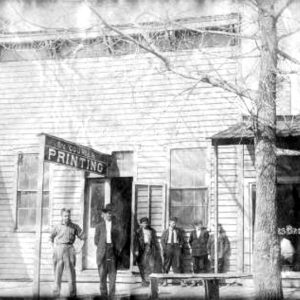 Courier Printing
Courier Printing
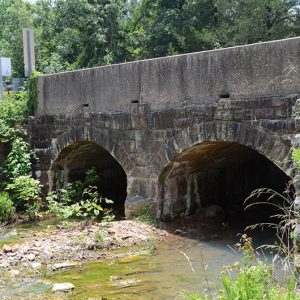 Cove Creek Bridge
Cove Creek Bridge
Cove Creek Bridge
Cove Creek Tributary Bridge
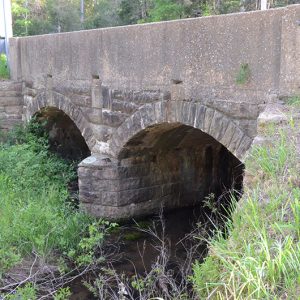 Cove Creek Tributary Bridge
Cove Creek Tributary Bridge
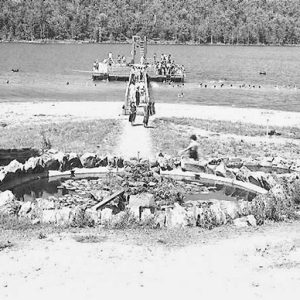 Cove Lake
Cove Lake
Cove Lake Bathhouse
Cove Lake Spillway Dam/Bridge
aka: Cove Creek Spillway Bridge
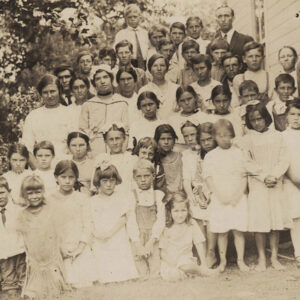 Cove School
Cove School
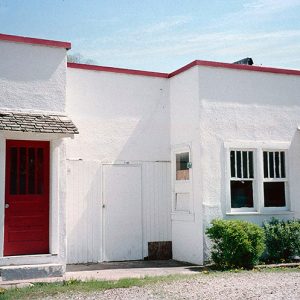 Cove Tourist Court
Cove Tourist Court
Cove Tourist Court
 Cow Sale
Cow Sale
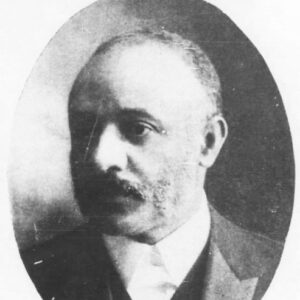 James M. Cox
James M. Cox
Craighead County Courthouse, Western District
 Cranford Hotel
Cranford Hotel
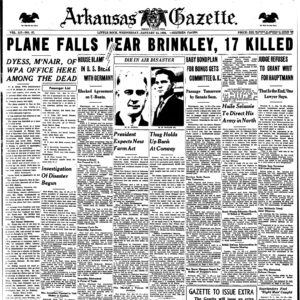 Crash Headline
Crash Headline
 Crater of Diamonds
Crater of Diamonds
Crater of Diamonds State Park
 Cravens Senate Card
Cravens Senate Card
 William B. Cravens
William B. Cravens




